How Split Heating and Cooling Systems Enhance Home Comfort Year Round
As homeowners increasingly seek effective solutions for year-round climate control, split heating and cooling systems have emerged as a frontrunner for enhancing comfort levels within residential spaces. According to a report from the U.S. Department of Energy, these systems can improve energy efficiency by up to 30% compared to traditional HVAC units, resulting not only in reduced energy bills but also a significantly lower carbon footprint. The flexibility and customizable options of split heating and cooling systems allow homeowners to tailor temperature settings for individual rooms, promoting comfort that is both efficient and sustainable.
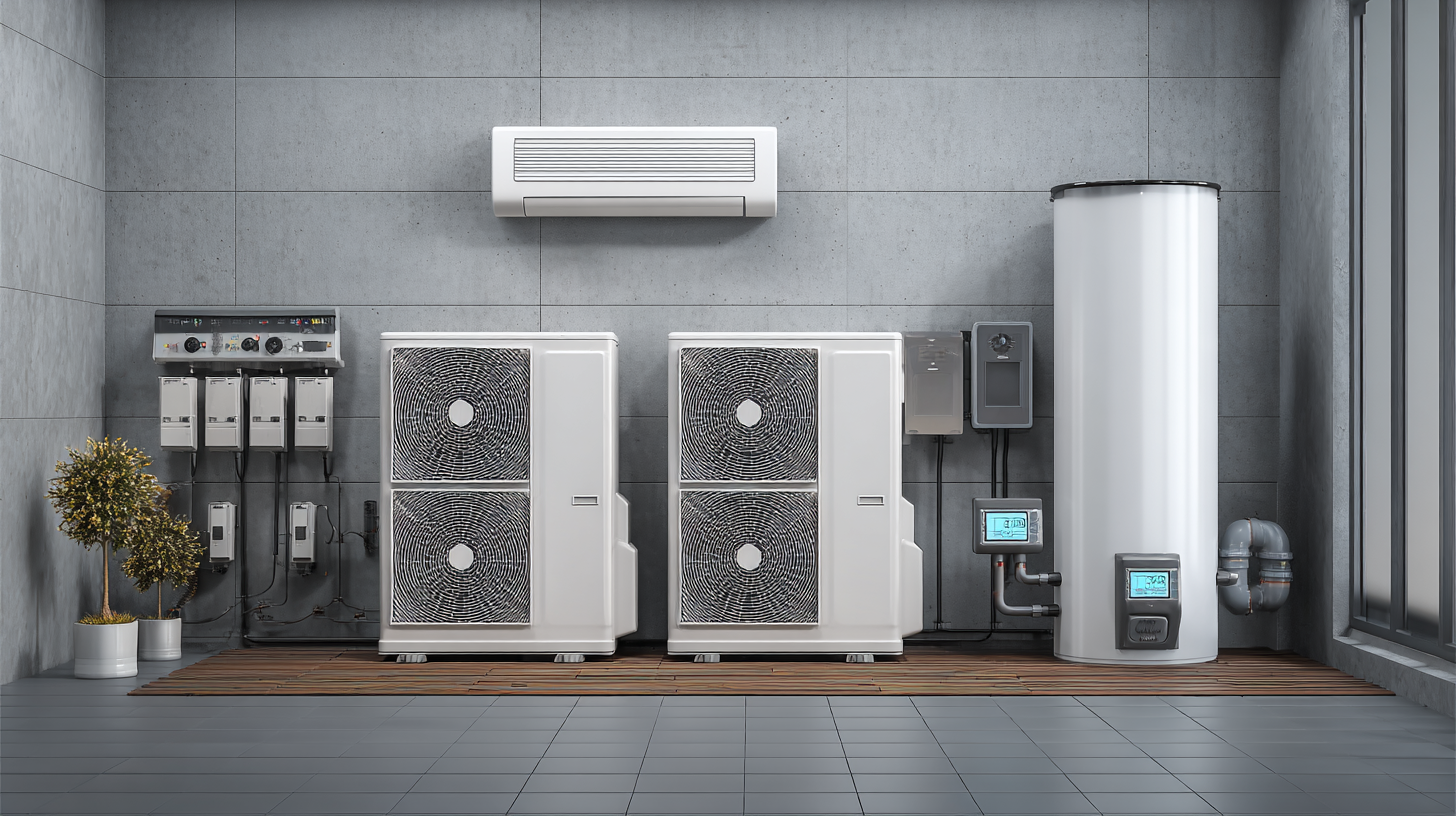
With advancements in technology, these systems now include features such as smart thermostats and multi-zone capabilities, further maximizing their potential. The growing market for these systems, projected to reach $117 billion by 2028, underscores their effectiveness in meeting modern heating and cooling demands while prioritizing comfort and efficiency.
Advantages of Split Heating and Cooling Systems for Year-Round Comfort
Split heating and cooling systems have become increasingly popular due to their ability to provide tailored comfort throughout the year. One of the primary advantages of these systems is the flexibility they offer in controlling individual room temperatures. Unlike traditional HVAC systems, split systems allow homeowners to heat or cool specific areas of their home, ensuring that every space feels just right, regardless of the season. This targeted approach not only enhances comfort but also contributes to energy efficiency, as you can avoid wasting energy on unoccupied rooms.
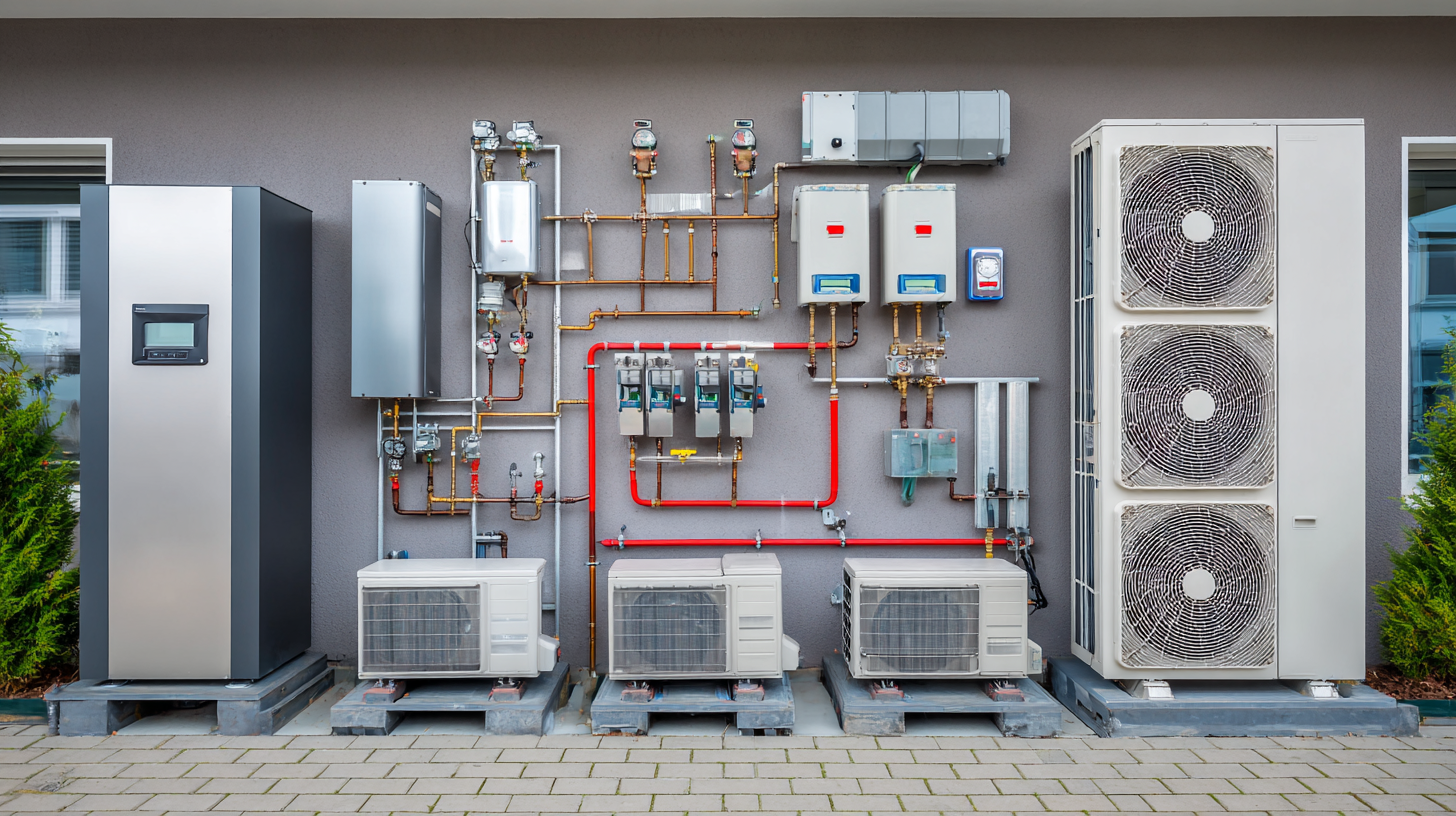
Tips: To maximize the efficiency of your split heating and cooling system, consider investing in smart thermostats that can learn your preferences and adjust settings automatically. Regular maintenance is also crucial; schedule seasonal check-ups to ensure optimal performance and extend the life of your system.
Additionally, split systems often operate more quietly than their centralized counterparts, making them an ideal choice for residential settings. Their design allows for discreet installation, with outdoor units that can be placed away from living spaces while indoor units blend seamlessly into the décor. This combination of quiet operation and aesthetic appeal further enhances the overall comfort of your home throughout the year.
Tips: Consider zoning your home by installing multiple indoor units in different rooms, allowing for customized temperature control that can adapt to varied usage patterns and personal preferences.
Key Components of Split Systems and Their Functions
Split heating and cooling systems are designed to provide year-round comfort in homes, thanks to their distinct components that function synergistically. The primary components include the outdoor condenser unit, indoor air handler, and refrigerant lines. According to the U.S. Department of Energy, these systems can achieve efficiency ratings of up to 25 SEER (Seasonal Energy Efficiency Ratio), significantly outperforming traditional HVAC systems that typically range from 14 to 20 SEER. This higher efficiency translates into lower energy bills and a reduced carbon footprint, making split systems an eco-friendly choice for homeowners.
The outdoor condenser unit plays a crucial role by expelling heat during cooling and absorbing heat during heating cycles. The indoor air handler serves to distribute conditioned air throughout the home, equipped with advanced filtration systems that improve indoor air quality. Data from the Energy Information Administration indicates that households using split systems can experience a reduction in energy consumption by up to 30% compared to conventional systems. This efficiency not only promotes better comfort through precise temperature control but also supports a healthier living environment by mitigating humidity and airborne pollutants.
How Split Heating and Cooling Systems Enhance Home Comfort Year Round
| Component | Function | Benefits |
|---|---|---|
| Indoor Unit | Distributes conditioned air throughout the home | Improves air circulation and comfort levels |
| Outdoor Unit | Releases heat absorbed from indoor air | Enhances cooling efficiency |
| Compressor | Pumps refrigerant through the system | Increases system responsiveness and performance |
| Refrigerant | Transfers heat between indoor and outdoor units | Ensures effective heating and cooling |
| Thermostat | Controls the temperature setting in the home | Promotes energy efficiency and comfort |
| Ductless Mini-Splits | Provides heating and cooling without ductwork | Ideal for homes without existing ducts; energy-efficient |
| Air Filters | Removes dust and allergens from the air | Improves indoor air quality |
Energy Efficiency and Cost Savings in Split HVAC Systems
Split heating and cooling systems are renowned for their ability to enhance home comfort across all seasons, primarily due to their energy efficiency and cost-saving benefits. According to the U.S. Department of Energy, ductless mini-split systems can achieve efficiencies of up to 30% greater than traditional heating and cooling systems. This is largely because they eliminate energy losses associated with ductwork, making them an ideal choice for both new constructions and retrofits.
Moreover, a report from the American Council for an Energy-Efficient Economy reveals that homeowners can save an average of 20% to 30% on their energy bills when opting for split HVAC systems. These savings are particularly significant during peak demand periods, when energy prices soar. The incorporation of inverter-driven technology further optimizes performance, adjusting the system's operation to meet current load demands without unnecessary energy expenditure. As a result, investing in a split heating and cooling system not only ensures year-round comfort but also results in considerable economic and energy savings over time.
Customizable Comfort: Zoned Heating and Cooling Solutions
Zoned heating and cooling solutions offer a transformative approach to maximizing comfort in homes throughout the year. By allowing different areas of the house to be heated or cooled independently, these systems cater to the unique needs of each room or zone. For example, bedrooms can be kept cooler at night while living spaces remain warmer during the day, ensuring that every family member enjoys their ideal temperature.
Moreover, customizable comfort enhances energy efficiency. Homeowners can eliminate the waste associated with heating or cooling unused rooms, leading to lower energy bills and a reduced environmental footprint. With smart thermostats and advanced ductless systems, occupants have the power to adjust conditions in real time, making it easier to maintain a cozy atmosphere no matter the season. This flexibility not only improves personal comfort but also adds significant value to a home, making zoned heating and cooling a wise investment for long-term satisfaction.
Maintenance Tips for Maximizing Your Split System Performance
Maintaining your split heating and cooling system is crucial for maximizing its performance and ensuring year-round comfort. Regular maintenance not only helps in avoiding costly repairs but also enhances the energy efficiency of your system. One of the best practices is to clean or replace the air filters every one to three months. This simple task ensures that your system operates smoothly and provides better air quality for your home.
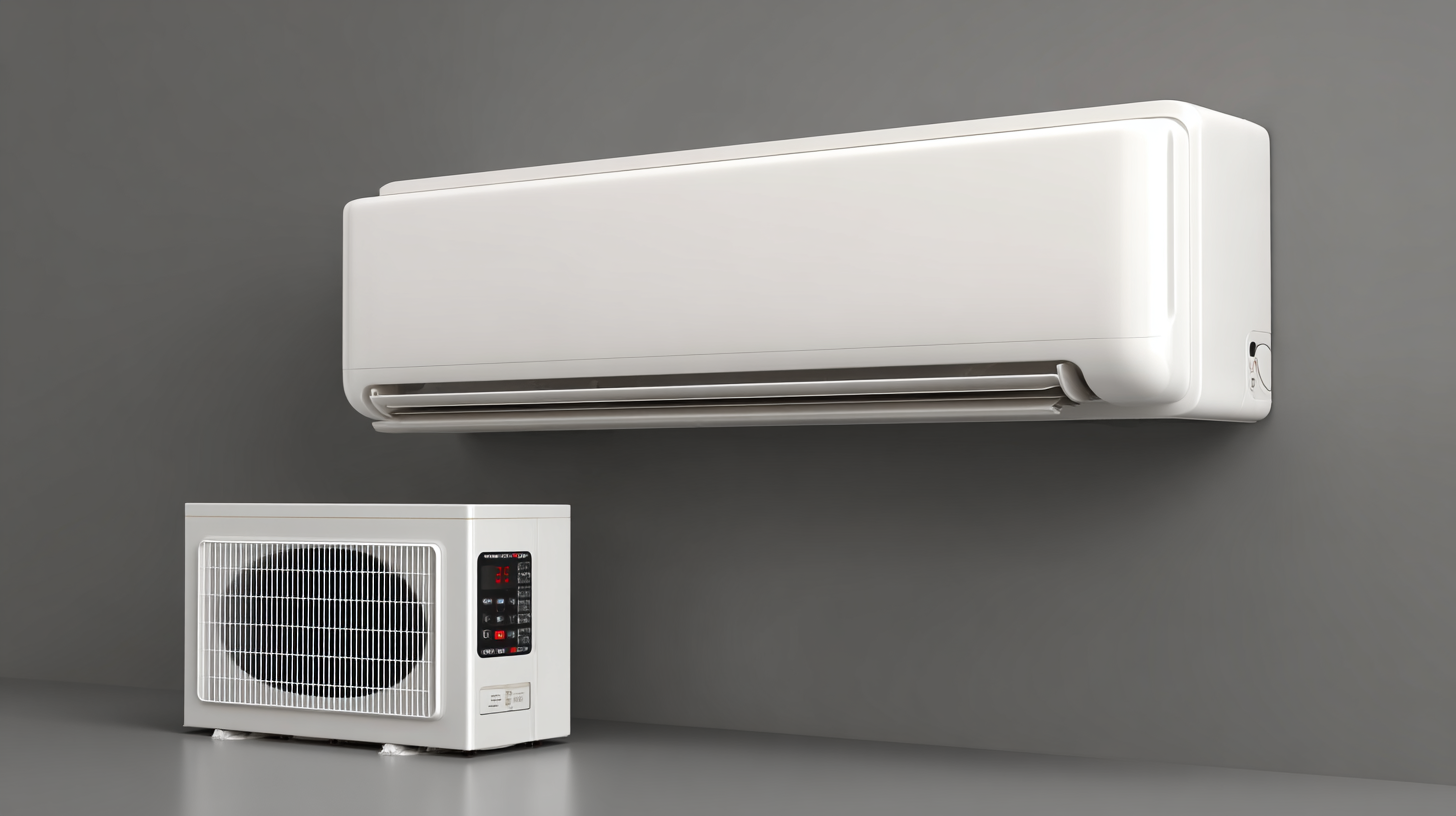
Another essential tip is to schedule professional maintenance at least once a year. A seasoned technician can inspect your system for any underlying issues, such as refrigerant leaks or electrical problems, that may not be evident during routine use. They can also clean the coils and check the overall efficiency of the unit, which can prolong its lifespan and optimize energy use.
Additionally, consider adjusting the thermostat settings for optimal comfort and energy savings. Using programmable thermostats allows you to set different temperatures for various times of the day, ensuring you’re not heating or cooling your home when it’s unoccupied. Collectively, these maintenance tips will not only enhance your split system's performance but also create a comfortable living environment throughout the changing seasons.
Related Posts
-
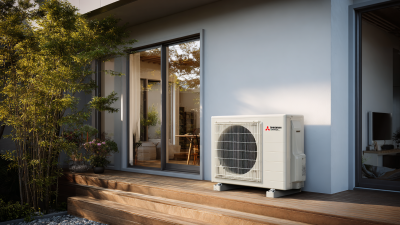
Discover How Ductless Heat Pumps Can Transform Your Home's Energy Efficiency
-
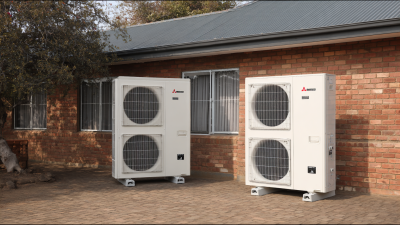
Understanding the Benefits of Split Heating and Cooling Systems for Home Comfort
-
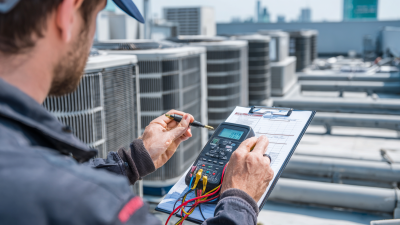
Maximize Your Comfort: The Ultimate Guide to Expert AC Tune-Ups You Can't Miss!
-
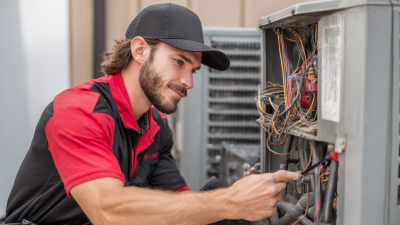
Maximize Efficiency with Regular Air Conditioner Tune Ups Proven Benefits and Savings You Might Be Missing
-

Maximize Your AC Efficiency with Expert Tune Up Service for Comfortable Living
-
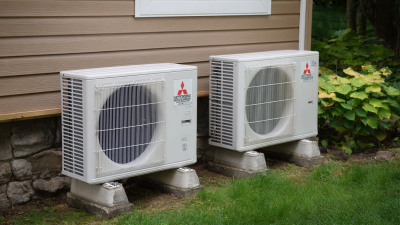
Exploring the Efficiency of Ductless Heating and Cooling Units: A Comprehensive Guide to Energy Savings and Comfort